UNDERSTANDING SEO: A COMPREHENSIVE GUIDE TO MASTERING SEARCH ENGINE OPTIMISATION
In the ever-evolving digital landscape, understanding the fundamentals of SEO (Search Engine Optimisation) is crucial for anyone looking to enhance their online presence. This comprehensive guide will delve into the basics of SEO, its workings, and more intricate aspects such as on-site and off-site SEO, alt tags, crafting compelling blog content, and the role of video in SEO.
What is SEO?
At its core, SEO is the practice of increasing the quantity and quality of traffic to your website through organic search engine results. It's about understanding what people are searching for online, the answers they are seeking, the words they're using, and the type of content they wish to consume. By knowing this, you can connect to the people who are searching online for the solutions you offer.
How Does SEO Work?
Search engines like Google and Bing use bots to crawl pages on the web, going from site to site, collecting information about those pages, and indexing them. Think of the index like a giant library where a librarian can pull up a book (or a web page) to help you find exactly what you're looking for at the time.
Next, algorithms analyse pages in the index, considering hundreds of ranking factors or signals, to determine the order in which pages should appear in the search results for a given query. These algorithms have evolved to be highly complex, considering user experience, information relevance, and many other criteria.
On-Site SEO
On-site SEO refers to optimising elements on your website to improve rankings and user experience. This includes:
Content Quality and Relevance: Your site should have high-quality, relevant content that addresses the needs and questions of your audience.
Keyword Optimisation: Including relevant keywords in your content, but without overstuffing, helps search engines understand what your page is about.
Site Architecture and Navigation: A well-structured, clean, and uncluttered website aids in better indexing and user experience.
Mobile Responsiveness: With the increasing use of mobile devices, having a mobile-friendly website is crucial.
Page Speed: Faster-loading pages are favoured by search engines and users alike.
Alt Tags: These are text alternatives for images on a web page. They are important for SEO as they provide context to what an image is about, which is beneficial for search engines and accessibility.
Off-Site SEO
Off-site SEO involves actions taken outside of your own website to impact your rankings within search engine results pages. This primarily consists of building backlinks, which are links from other sites to yours. These act as 'votes' for the credibility and relevance of your content.
Crafting Compelling Blog Content
When it comes to blog content, quality and relevance are key. A good blog post should:
Be Informative and Relevant: Address the needs and questions of your audience.
Contain a Minimum of 300 Words: While there's no exact word count for SEO, longer posts often rank better due to their comprehensive nature.
Include Internal and External Links: This improves credibility and the user's ability to find more information.
Be Well-Structured: Use headings, subheadings, and bullet points for better readability.
The Role of Video in SEO
Video content is increasingly important in SEO. Videos can keep visitors on your page longer, providing more engagement signals to search engines. They can also be a source of backlinks if shared. Ensure your video content is:
Relevant and Informative: It should add value to your audience.
Well-titled and Described: Use keywords in your video title and description for better indexing.
Embedded with Transcripts: This enhances accessibility and provides more content for search engines to index.
In conclusion, SEO is a multifaceted and dynamic field. By understanding and implementing the basics of on-site and off-site SEO, optimising alt tags, creating quality blog content, and incorporating video, you can significantly improve your website's visibility and ranking in search engine results. Remember, SEO is a continuous process, and staying updated with the latest trends and algorithm changes is key to success.




